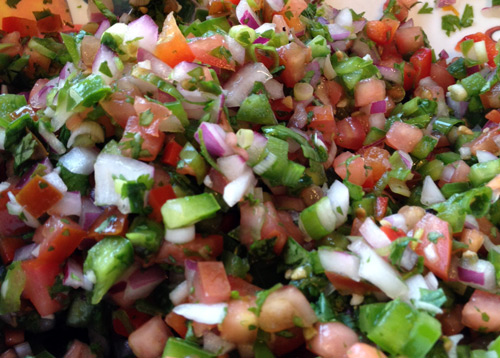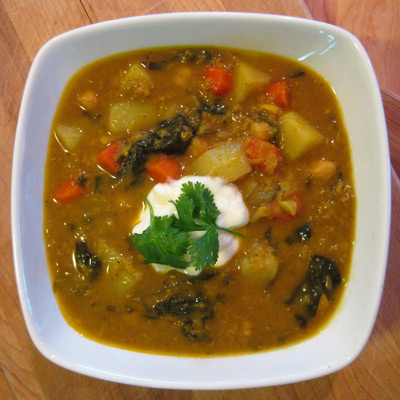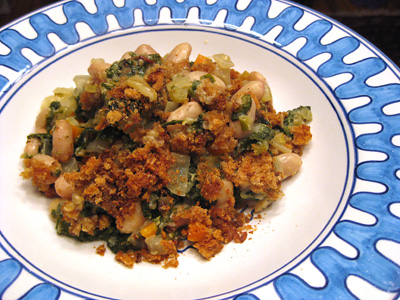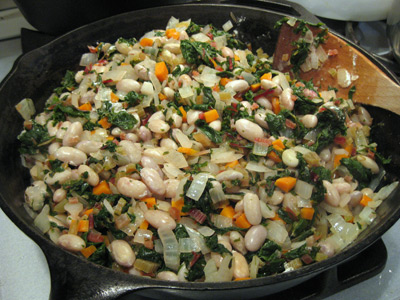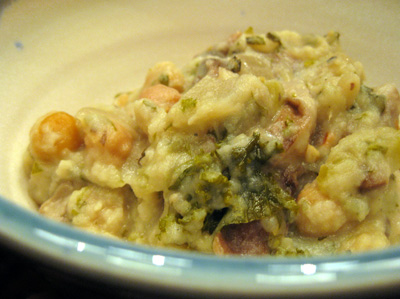I’m a huge fan of fennel. In the summertime, I’ll make cold fennel salads, and in the winter, I’ll do gratins. I make these slightly differently every time, but here are the basics:
Fennel Salad
For 4-6 people
2 fennel bulbs (3 if they are small)
1 stalk of celery
mint (or fresh oregano)
1 navel orange
olive oil
salt and pepper
optional: mild, black mediterranean olives
Wash the fennel bulbs and remove the very tops so you just have the bulb. Remove the outer layer if it seems a little woody. Halve them and cut out the dense core, and then halve them again (so you have quarters). Using a mandoline at its thinnest setting, slice up the fennel (watch those fingers!) and place in a large salad bowl.
Peel the navel orange, separate the segments and slice them into half inch pieces. Add to bowl. (Note, when I first had this in Italy, it was served with amazing blood oranges, but I haven’t been able to get quality blood oranges where I live.)
Thinly slice up the celery and add to the bowl (the older photo used in this post had thicker slices of celery, but I’ve found myself liking a thinner cut).
Finely chop up a handful of mint, or fresh oregano.
Drizzle a little olive oil and a pinch of salt and pepper and mix up. The Italians also sometimes add cured black olives to this, sort of like a kalamata, but not quite as strong.
Fennel Gratin
For 4 to 6
3 or 4 fennel bulbs
Parmesan cheese
2 slices of farm bread for breadcrumbs
Unsalted butter
Get some salted water boiling in a large pot and butter a baking dish.
Wash the fennel bulbs and remove the very tops so you just have the bulb. Save the green fronds if you have them. Remove the outer layer of the bulb if it seems a little woody. Halve them and cut out the dense core. Lay them flat and slice into quarter inch slices. Boil in the salted water for 5 minutes, drain, and then add to the baking dish.
Mix in about a half cup of grated parmesan cheese, a pinch of black pepper, and a drizzle of olive oil. Chop up some of the fine green fennel fronds and mix in.
For bread crumbs, I never buy store breadcrumbs. I just toast a couple of slices of farm bread until lightly brown, and then chop it up pretty finely. I prefer chopping to a food processor because I like having different (and larger) sizes. Sprinkle the bread crumbs on top.
Add a bit more grated cheese to the top, and dot with unsalted butter.
Bake at 375 F for 30 minutes.
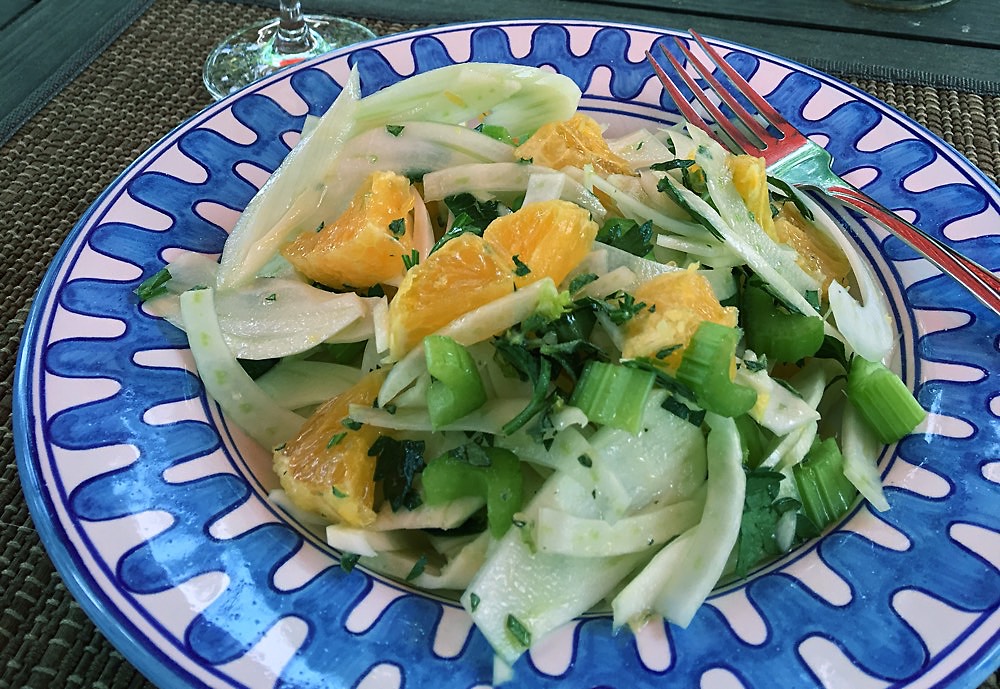

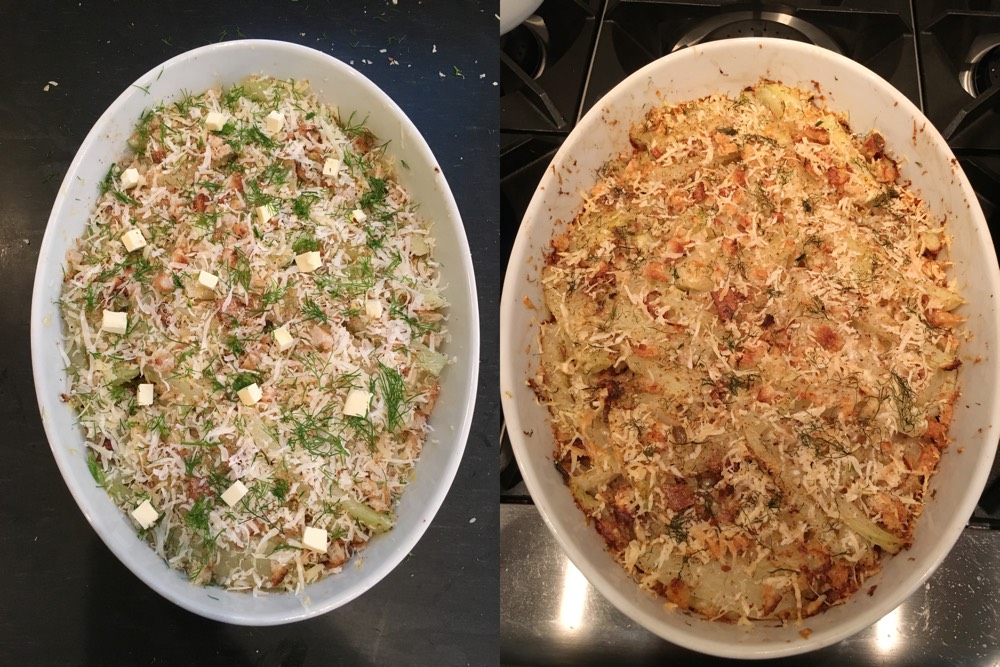
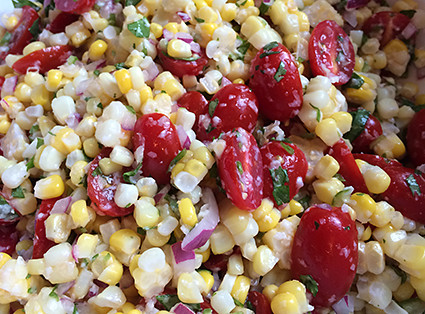

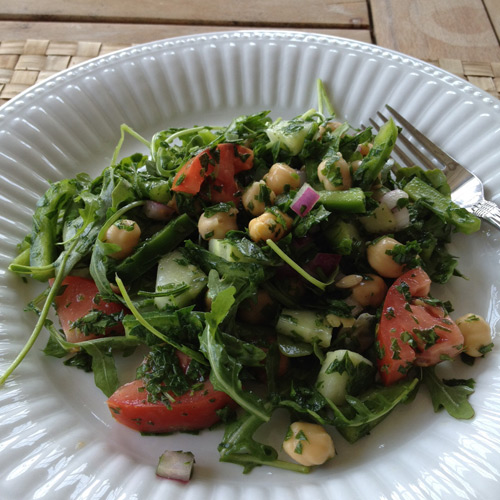 Ah to be on vacation and have time to food blog again! I tend to eat a lot of salad for lunch in the summer time. I love tabouli but on its own, tabouli would leave me hungry. So I created this salad in the same vein (tons of parsley!) but going for a heartier meal. It uses my “go to” salad dressing, of which I never tire.
Ah to be on vacation and have time to food blog again! I tend to eat a lot of salad for lunch in the summer time. I love tabouli but on its own, tabouli would leave me hungry. So I created this salad in the same vein (tons of parsley!) but going for a heartier meal. It uses my “go to” salad dressing, of which I never tire.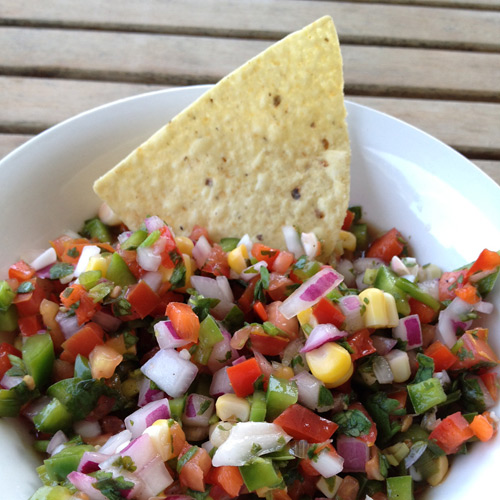 In summertime, there are few things I like more than fresh salsa and a good beer. I make variations of this recipe, as evidenced in this blog’s history, and can never get enough of it. It goes great with chips, on toasted bread, on fish or hamburgers… or just straight up !
In summertime, there are few things I like more than fresh salsa and a good beer. I make variations of this recipe, as evidenced in this blog’s history, and can never get enough of it. It goes great with chips, on toasted bread, on fish or hamburgers… or just straight up !